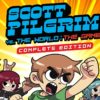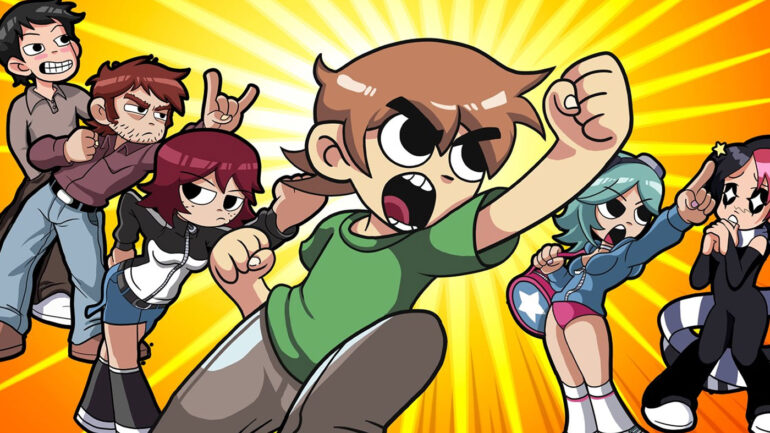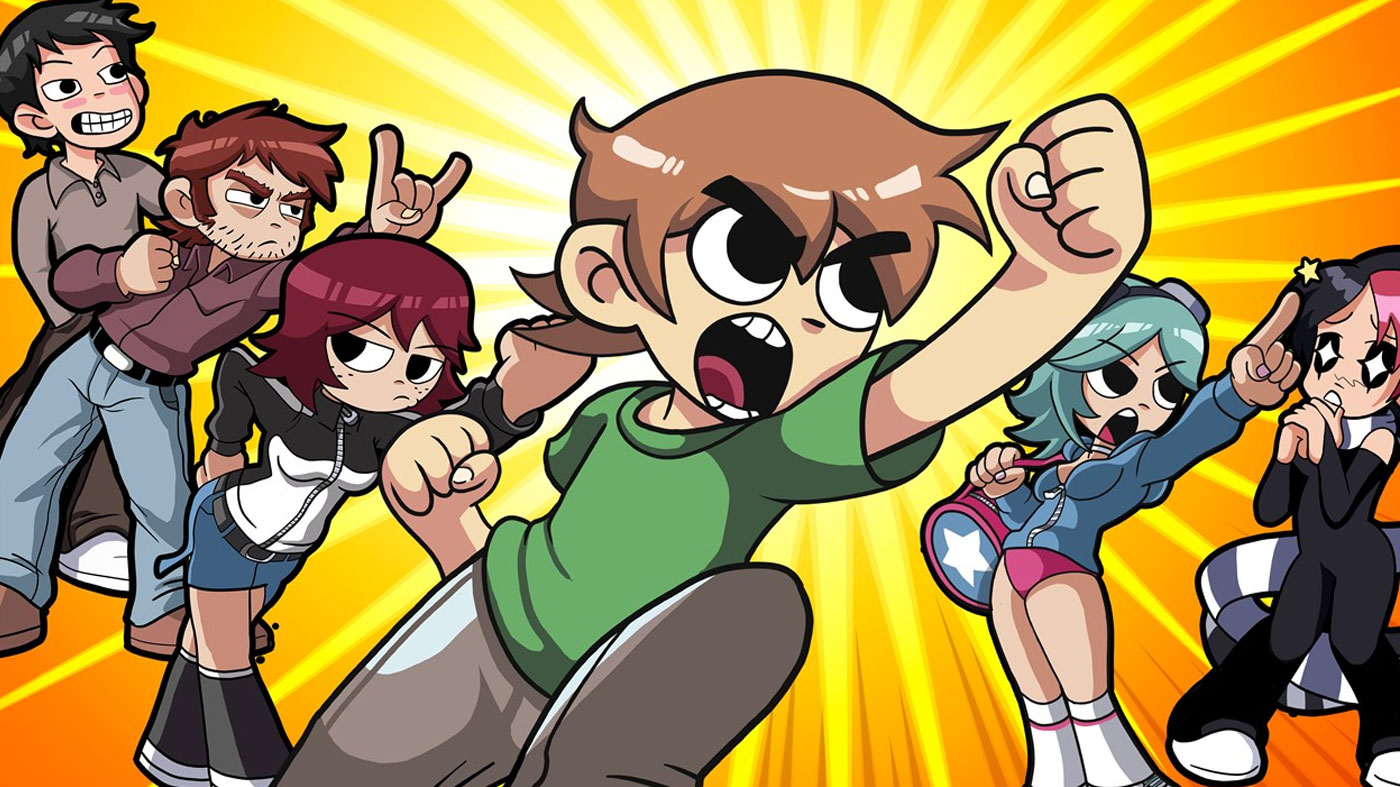Scott Pilgrim vs. The World: The Game is one of the most cautionary tales in video game licensing. When it was released ten years ago, it was a joy to play, an earnest tribute to the series of graphic novels it drew inspiration from some of the best video games of the nineties. But four years later, it was delisted and lost to the annals of history. Now, over a decade after the original release, Scott Pilgrim vs. The World: The Game returns as a Complete Edition, and it’s just as fun as you remember.
If you haven’t seen the film or read the comic books, the plot is straightforward. Scott Pilgrim has his heart set on Ramona Flowers, a tough but free-spirited Amazon delivery girl who’s recently moved into the area. Smitten with her, Scott professes his love to Ramona, but there’s a catch – to be with her, he must defeat her seven evil exes. Thus, in the name of love, Scott embarks on a quest across Toronto to defeat Ramona’s evil exes so he and Ramona can live in peace. It’s a fun romp that you shouldn’t take too seriously, peppered with some excellent video gaming references along to way.
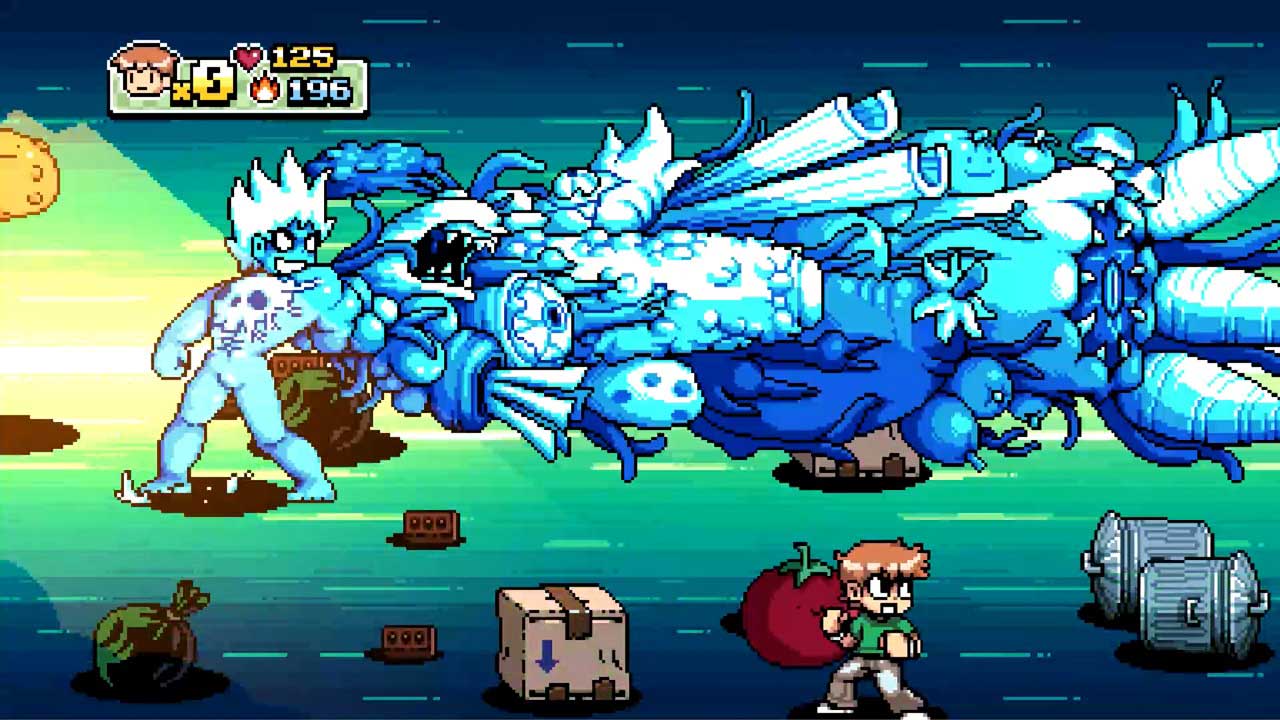
So what’s in this “Complete Edition”? Everything. Complete Edition includes the game and all its downloadable content wrapped up in a nice little package. You get both Knives, Chau and Wallace Wells, as playable characters on top of the already available team of four, as well as online multiplayer and a few other fun arcade-style modes. It might seem weird to have had to pay for online multiplayer eight years ago, but thankfully, it’s all here with Complete Edition. There’s nothing new here for the die-hard fan, which some might find disappointing, but the fact we’ve even got Scott Pilgrim back is to be celebrated.
The game itself is a side-scrolling beat-em-up similar to Streets of Rage and River City Ransom. Each player can select one of the game’s six characters and battle their way through seven levels, with an evil ex being a boss at the end of each one. Each character has a unique set of moves, with each of them learning more as they earn experience and level up. The only real disappointment here is the last character to bad added, Wallace, who serves only as a basic recolour of Stephen. Given that every other character has a unique set of moves, it’s a glaring dip in the roster’s quality. Otherwise, everyone plays differently enough to incentivise repeat playthroughs.
Each of the characters you’ll play can have their stats upgraded by purchasing food and vinyl records from Toronto’s many shops. It’s a simple system that could be abused a little too quickly to make the game too easy. I recognise that’s perhaps on me for grinding early in the game. Still, I suppose it’s nice that players can either indulge in or ignore the stat upgrades to adjust their game’s difficulty.
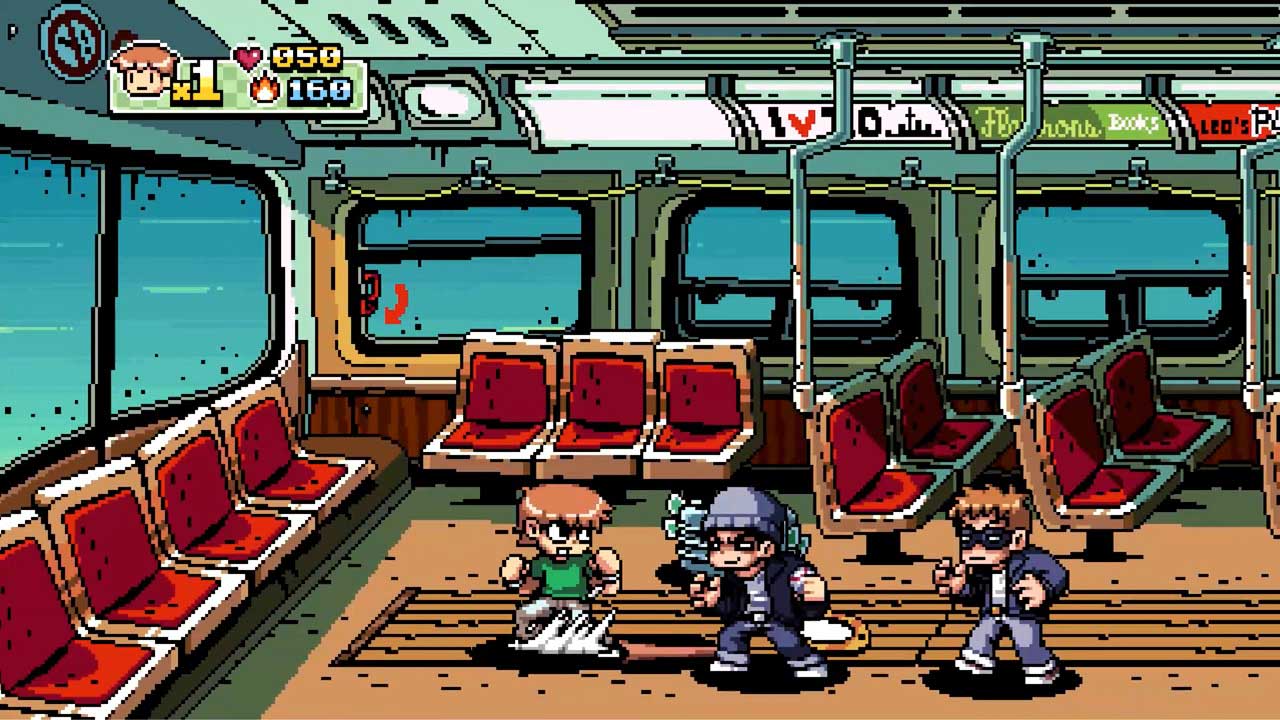
In addition to the main game, many modes offer a little bit of a different experience to the main game. Dodgeball is as it sounds, throwing balls at each other until a single winner emerges victorious. Boss Rush is, once again, as it sounds. Battle Royal lets up to four players enter the arena to fight each other, while Survival Horror is a survival mode with players fighting waves of zombies. These modes are all cool diversions from the main game that help round out Scott Pilgrim as a package, but something is annoying about all of them that feels like a bit of a letdown.
As mentioned previously, Scott Pilgrim features online multiplayer for up to four players. Ubisoft initially added it into the game with a paid downloadable content pack, but it’s included from the get-go here. What’s disappointing with Complete Edition is that the online multiplayer doesn’t apply to any extra modes. Having played a few rounds of Dodgeball and a short-lived run of Survival Horror, I was excited to be able to jump into both these modes with my mates. But you can’t – it’s only the main game that has online functionality, and that seems like a bit of a missed opportunity to correct a minor issue with the original game.
I’d be remiss also to mention that the game does feel easier than when I first played it on the Xbox 360, though maybe this is me misremembering. Still, Scott Pilgrim is better enjoyed with other people more than anyone else – so having the option to play with friends, either online or off, is appreciated.
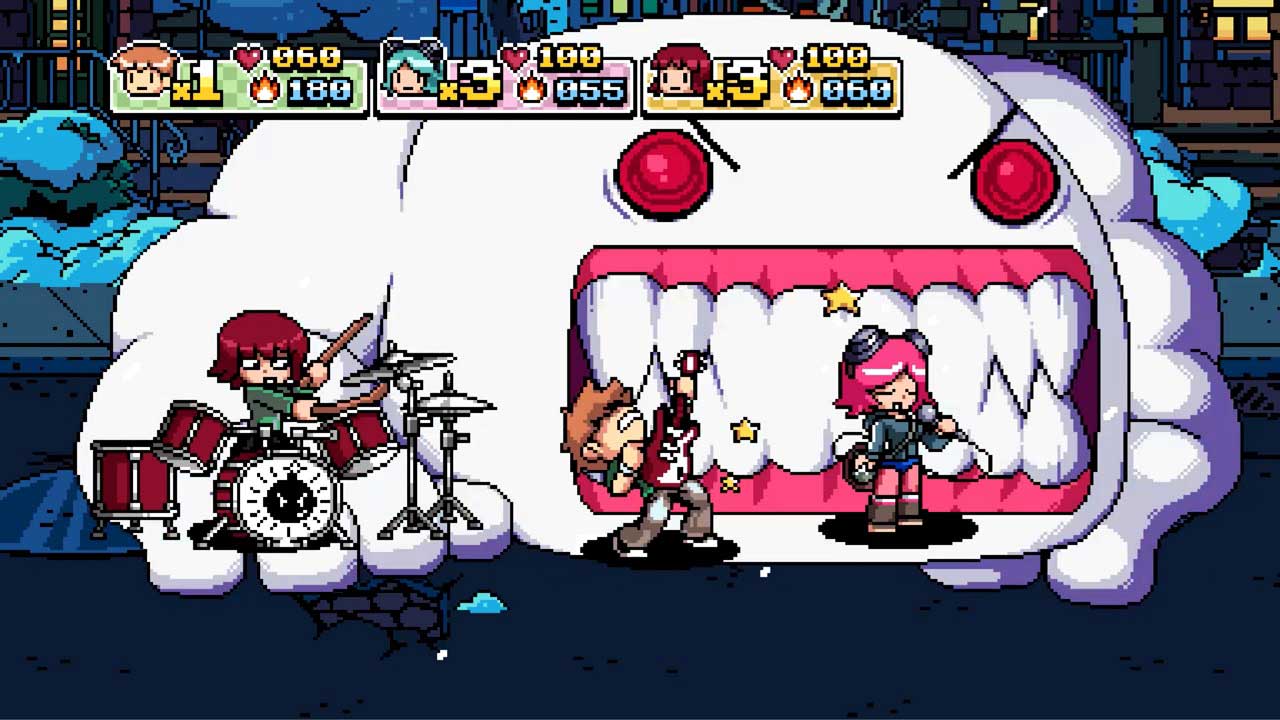
From a presentation perspective, it’s hard to fault Scott Pilgrim. It might’ve been over a decade since the original game was released, but it’s a testament to its artistic direction, just how good it looks today. This isn’t a game that would’ve benefited from excessive increases in visual quality, so I’m glad the team saw fit to leave it as it was and not mess with it too much. My only gripe is that I wish the menus were a bit snappier, but this could very well be a stylistic choice to emulate the era this game pulls so much inspiration from.
Before I even played the original game ten years ago, the most talked-about aspect of the game is the Anamanaguchi-produced soundtrack. I had a (probably unreasonable) paranoia with the woes of licensing that this wouldn’t be brought across with the re-release in full. Thankfully, I was wrong. Given that Scott Pilgrim pays so much homage and so much love to the 8 and 16-bit eras’ best games, their chiptune laden music fits perfectly here. It’s a fun and joyous soundtrack and still, ten years later, one of the best on offer in a video game.

